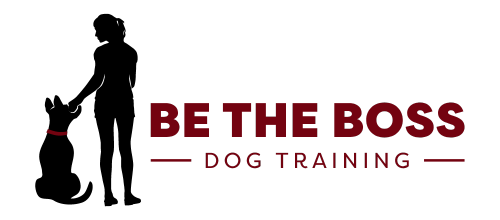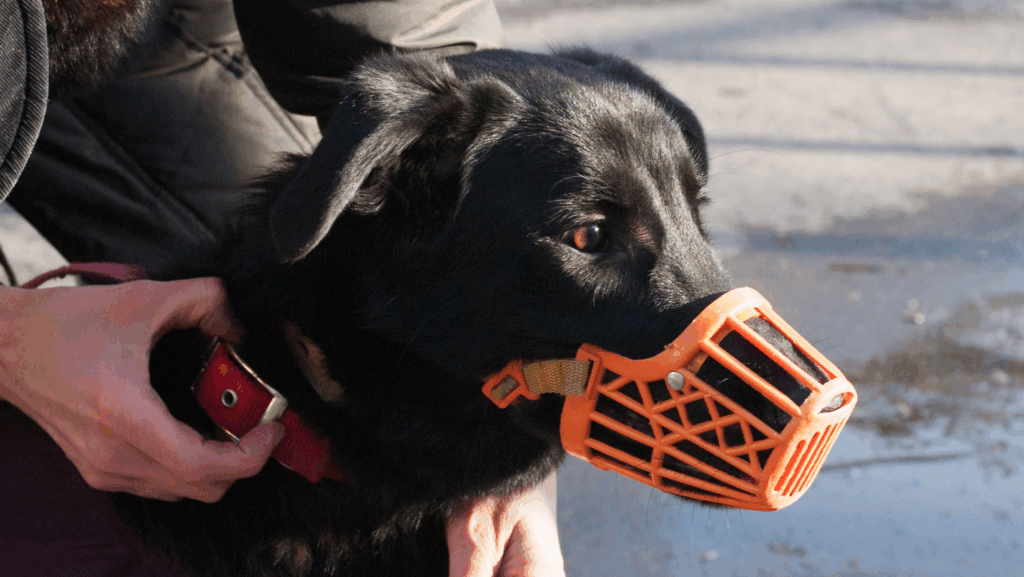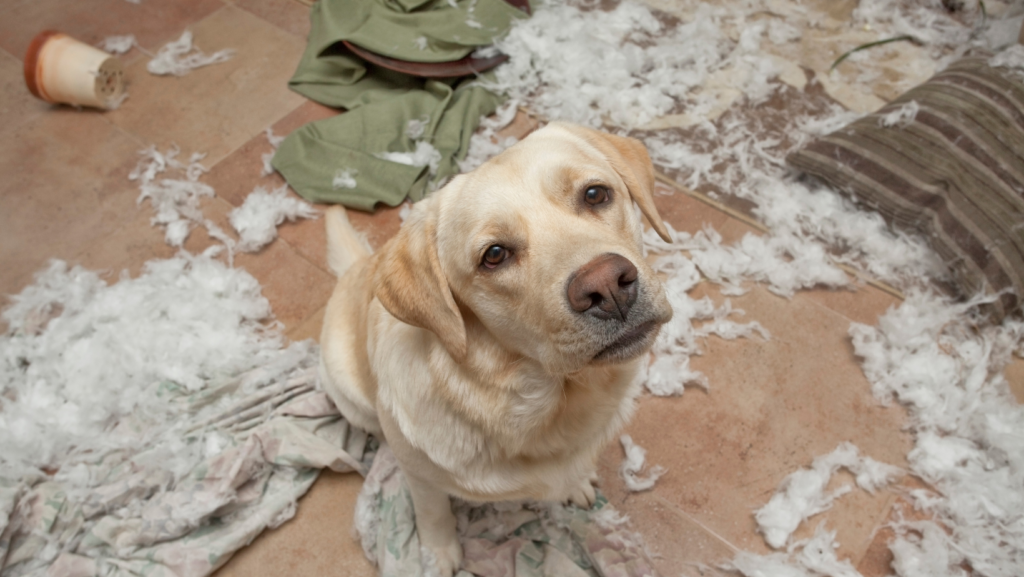Feeling a little frustrated with how your dog training or puppy training is going? Giving your puppy lots of time-outs in the crate but that doesn’t seem to be doing anything? Well, I’m here to tell you why.
Dogs and puppies do not have the ability to make connections between intelligent concepts. They do not understand that being put in their crate is punishment for jumping on guests. This is just not a dog’s language.
So all this dog training of “time-outs” that you have been doing is not going to help you. To stop an unwanted behavior you need to correct the dog. A correction is something that is intolerable to the dog.
Being chased around the house (which is a game) and then being put in the crate (which is not uncomfortable) is not communicating clearly to the puppy or dog what you want them to do.
A better way to handle a jumping dog is to correct the behavior. Use a leash and regular collar, or prong collar, remote collar, shake a can of pennies or spray the dog with a water bottle. Or if your dog finds another action intolerable pursue that course. You need to make the act of jumping uncomfortable and intolerable to the dog.
I used to put my dogs in the backyard as a “time-out” when we had guests over. And all I would see was their happy panting faces and smooshed noses against the glass as they wondered when they could be let in to assault the guests. Ha ha.
So take control of your dog training and puppy training. Stop using the crate as a “time-out”. Instead, speak your dog’s language and help them understand what behavior is not wanted in your home.





